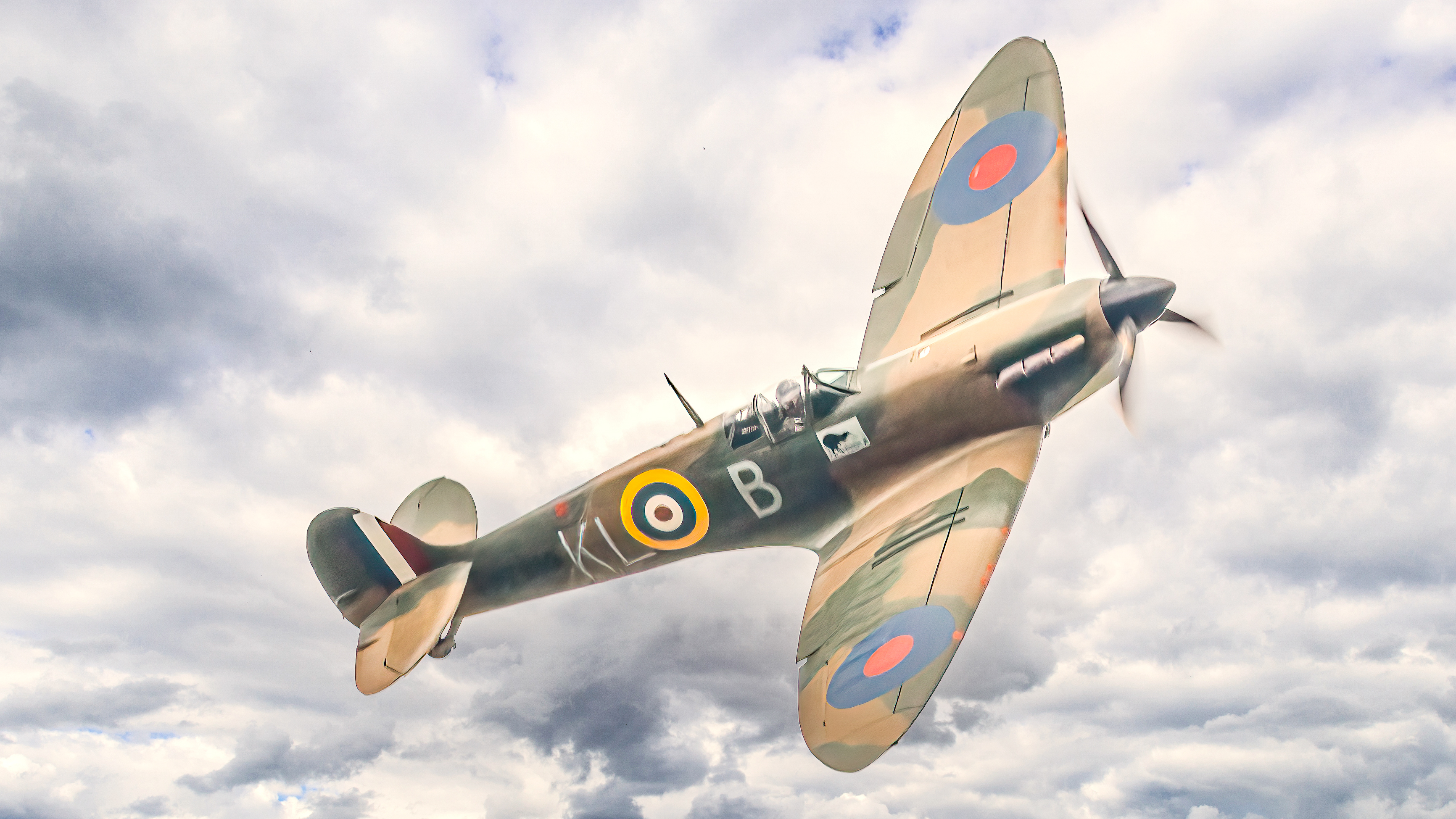
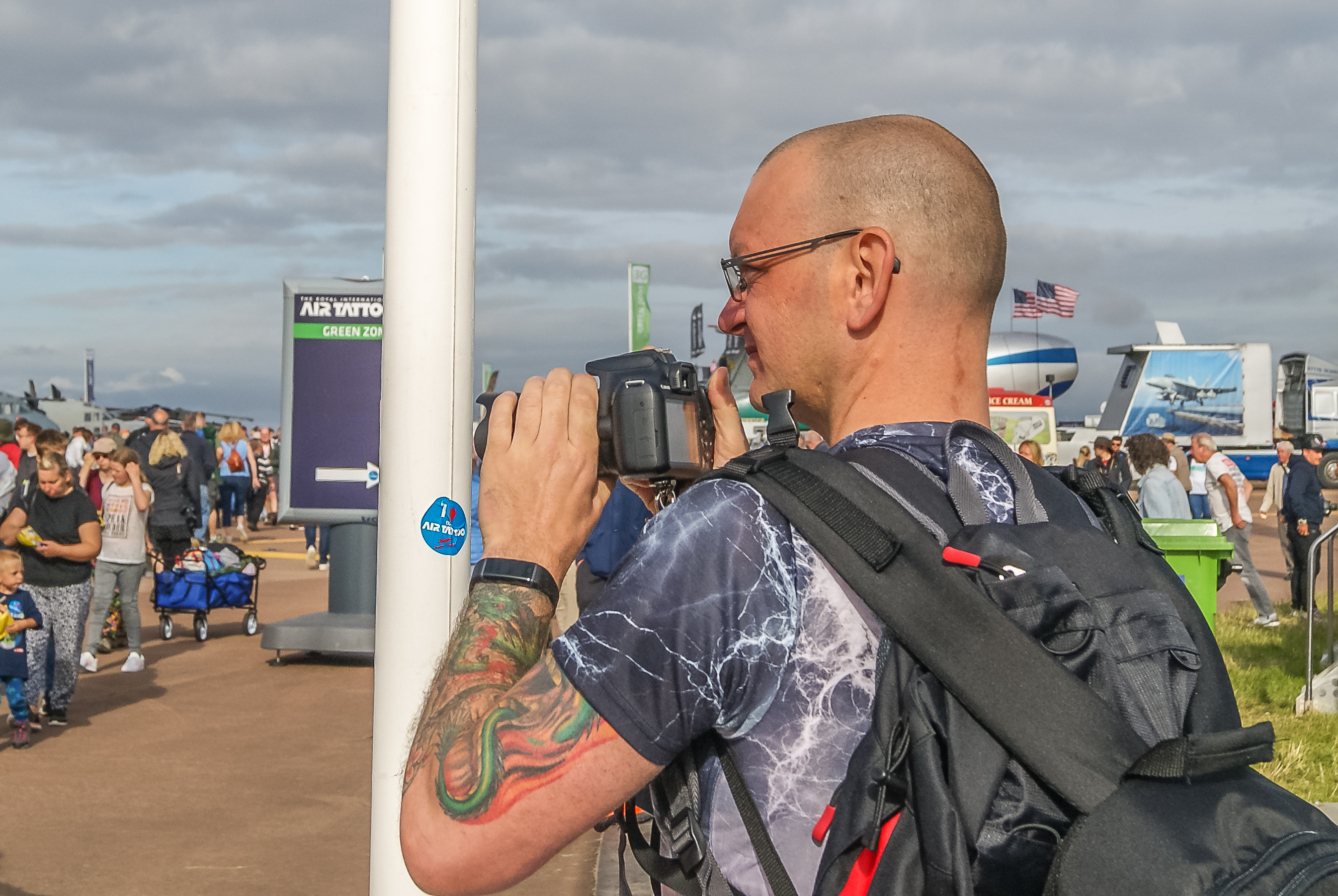
Get more from your gear
• The best Canon camera bags in 2021
• The best 150-600mm lenses in 2021
• How to shoot motorsports with a monopod
From a young age, I have always been fascinated with military aircraft. In addition, my father and grandfather were both into photography, and it seems that their enthusiasm has become a part of me.
At air shows, I find it best to use auto ISO, simply for the ease of not needing to worry about selecting the correct sensitivity – especially with all the action going on! I always set my maximum to ISO32,000 but I rarely get anywhere close unless the weather is awful. Using a variety of software, I will fine-tune my photographs during editing and find these programs incredibly useful for correcting any issues with high-ISO images.
Since 2018, I have taken my interest more seriously. I bought my first kit – a Canon EOS 1300D and a 75-300mm lens – purely for taking photos at the Royal International Air Tattoo. But it didn’t take me long to get the photography bug and before I knew it, I was taking photos of anything and everything. I loved exploring the use of different lenses for different genres of photography. I have now upgraded my camera to a Canon EOS 7D Mark II and a Sigma 150-600mm lens purely for aviation photography.
I don’t take lots of kit with me, but I always make sure I have my wide-angle lens, especially for taking photographs of static aircraft. In my bag there will also be a 150-600mm lens, ready for any flying displays. Sometimes I will deliberately stand towards the end of the runway so that I can capture a variety of angles.
Check out more of Ritchie's photography on his Instagram: @rkg_photography_uk
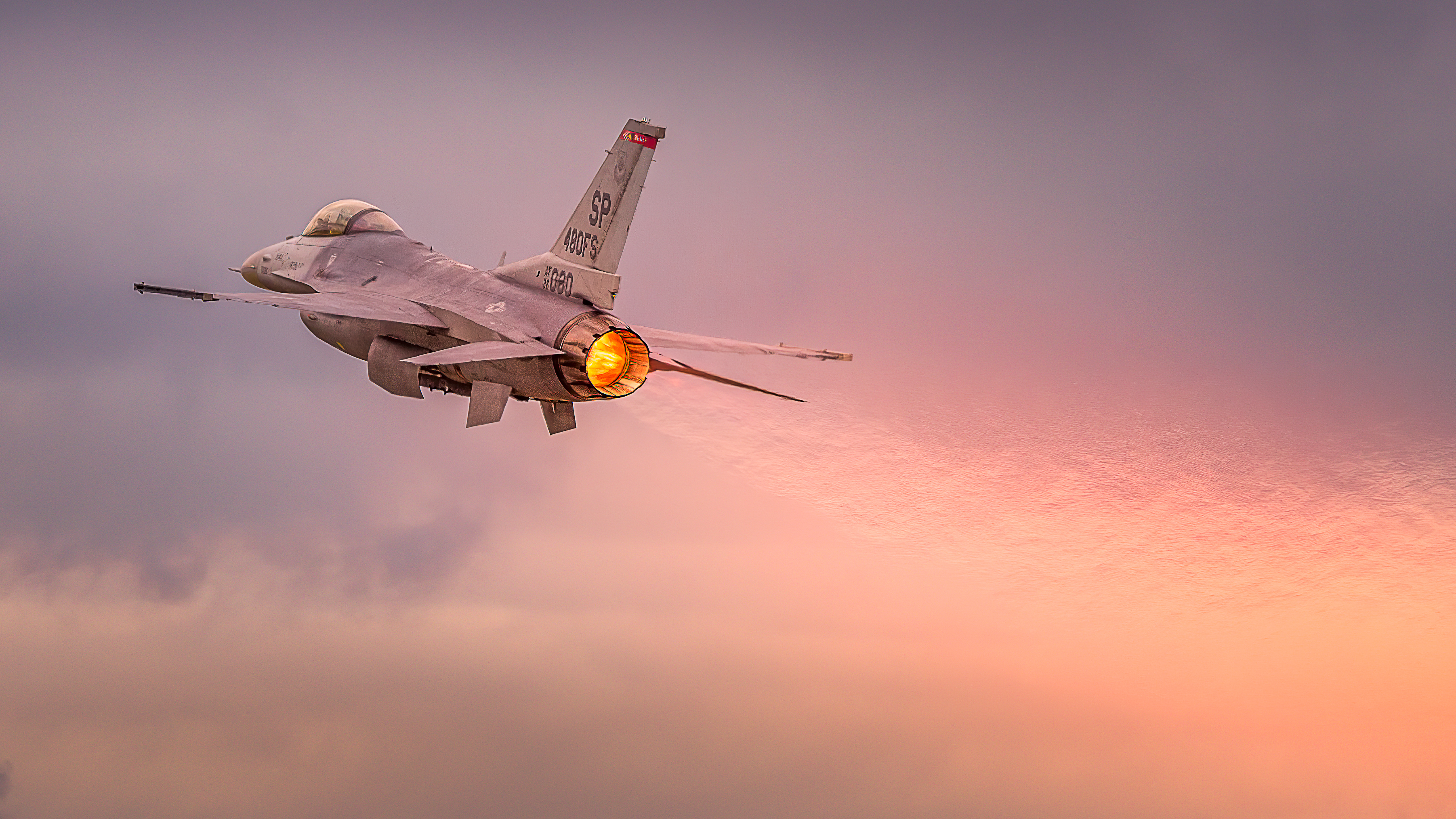
Four different ways to photograph aircraft

01 Fill the frame later
I don’t try to get too close by zooming in as far as possible every time, as this can cause problems further down the line. I’ve lost many potentially great photos due to the aircraft not fitting into the frame. I much prefer to crop photographs later when editing them. With the huge amount of megapixels packed into pretty much every camera on the market, the quality when you crop later isn't as greatly affected as it once was.
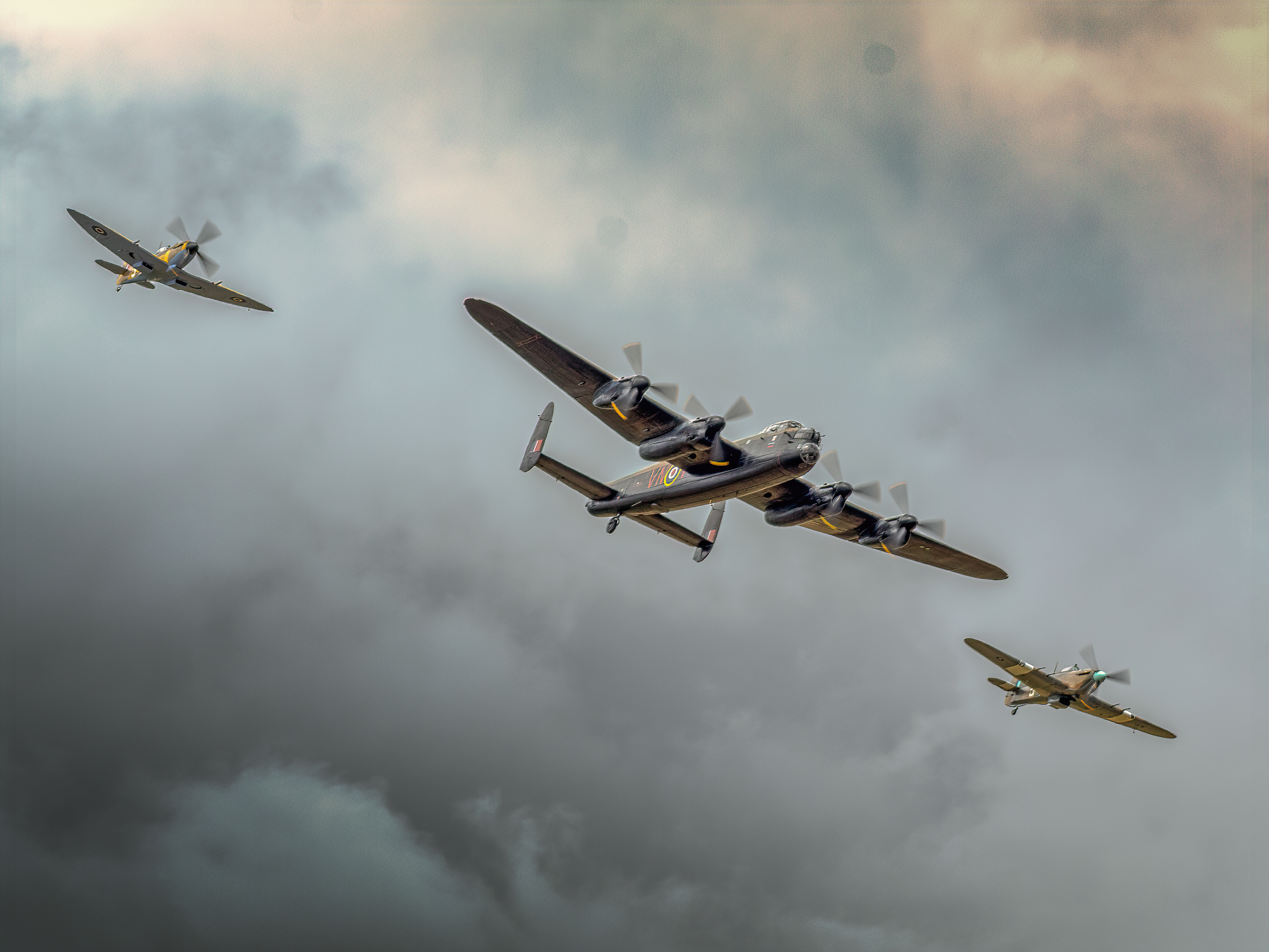
02 Capturing multiple aircraft
I will admit that photographing multiple aircraft can be tricky, especially prop aircraft. In this photograph I went with an f/8 aperture, which gives a decent depth of field, and shutter speed of 1/250 sec. This then captures the propeller blur but also keeps a good sharpness on the middle of the aircraft.
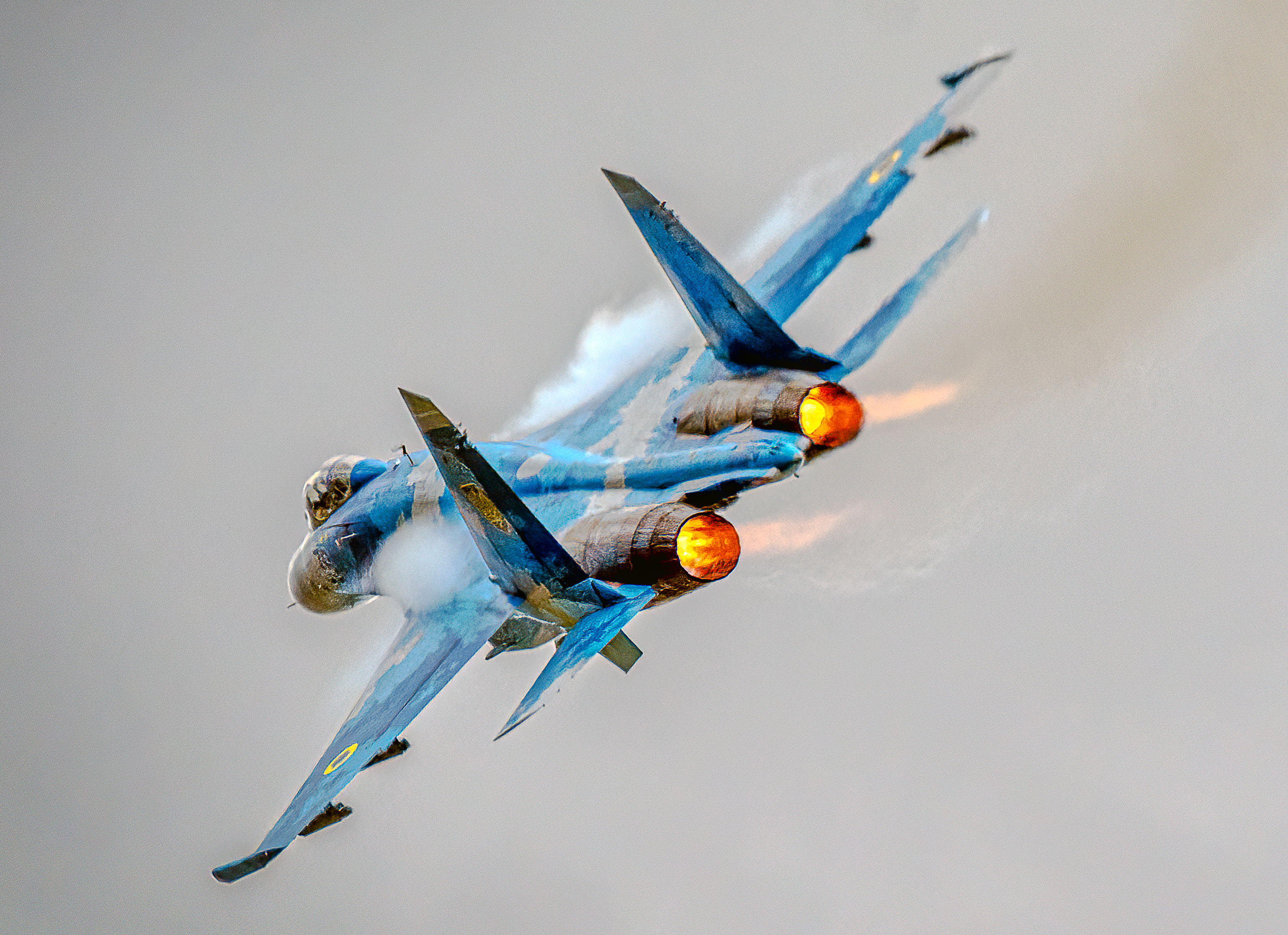
03 Shooting faster subjects
Believe it or not, capturing faster modern jets is relatively easy if you have a fast shutter speed (minimum 1/1,000 sec) and you can then track your subject from afar. I like to start by using back-button focusing, a camera technique that separates focusing and shutter release to two separate buttons. It is a useful way to stop the camera's autofocus system from getting continuously engaged when the shutter is released.
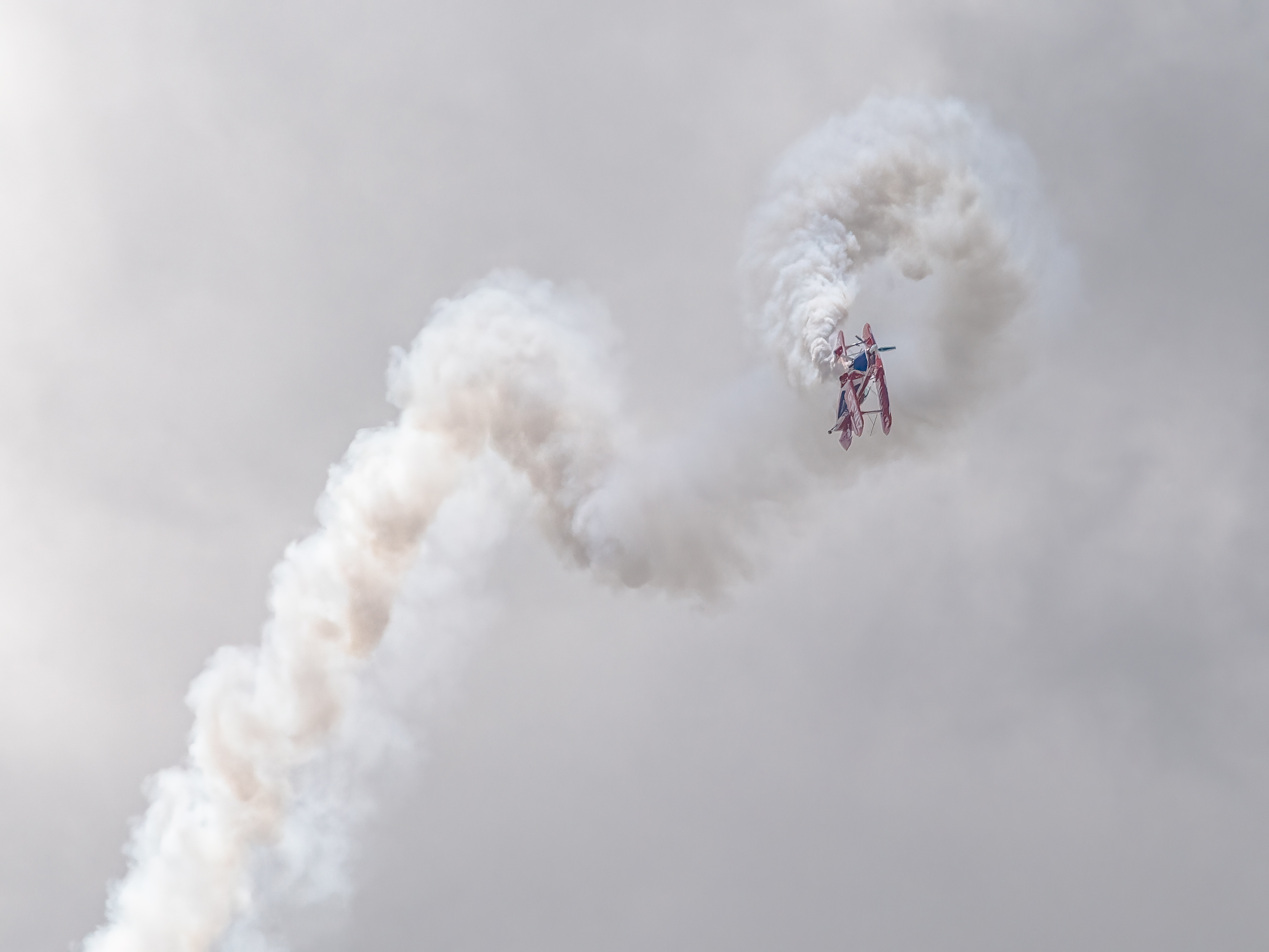
04 Photographing smoke trails
Smoke trails can be a real pain. The day this photograph was taken, it was overcast and this did not help. The image came alive when editing, when the De-haze slider helped to bring out all the detail.
Read more:
Best Canon EOS Rebel SL7 / EOS 2000D deals
Best Canon cameras
Best telephoto lenses
Get the Digital Camera World Newsletter
The best camera deals, reviews, product advice, and unmissable photography news, direct to your inbox!
Digital Camera World is one of the leading authorities on camera and photography news, reviews, techniques, tutorials, comparisons, deals and industry analysis. The site doesn't just specialize in cameras, but all aspects of photography, videography and imaging – including camera phones, gimbals, lenses, lighting, editing software, filters, tripods, laptops, printers, photo books, desks, binoculars and more.
Whether you're using, looking to buy or trying to get the most out of a compact camera, action camera, camera drone, cinema camera, beginner camera or professional camera, Digital Camera World has a roster of experts with combined experience of over 100 years when it comes to cameras, photography and imaging.

